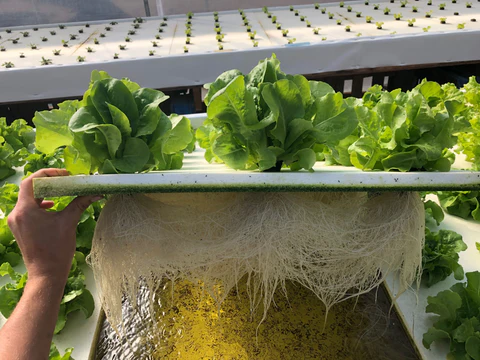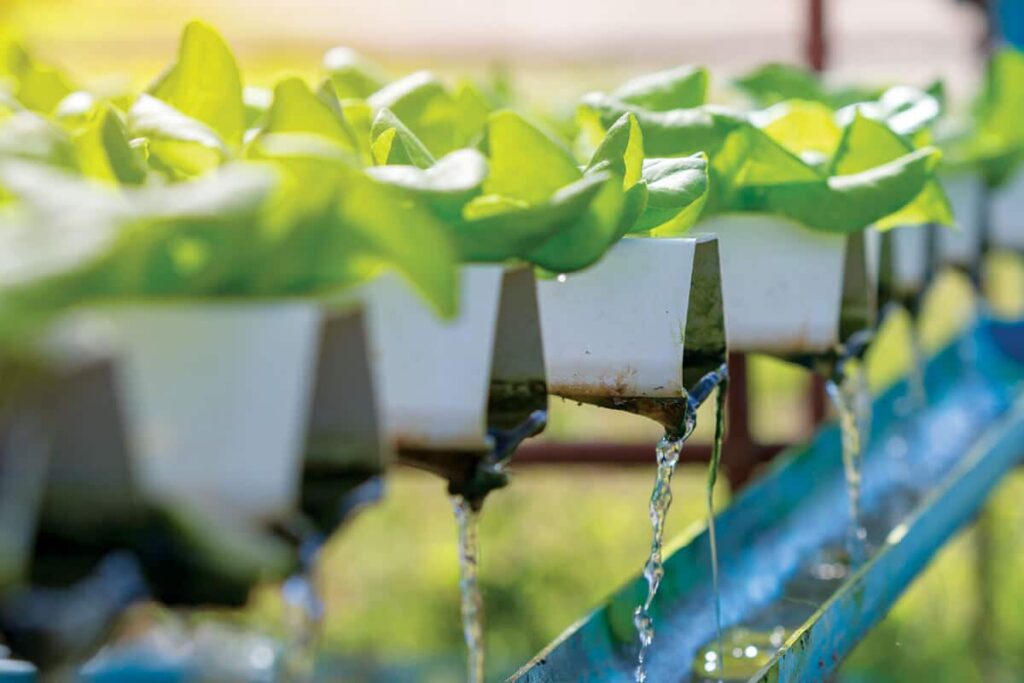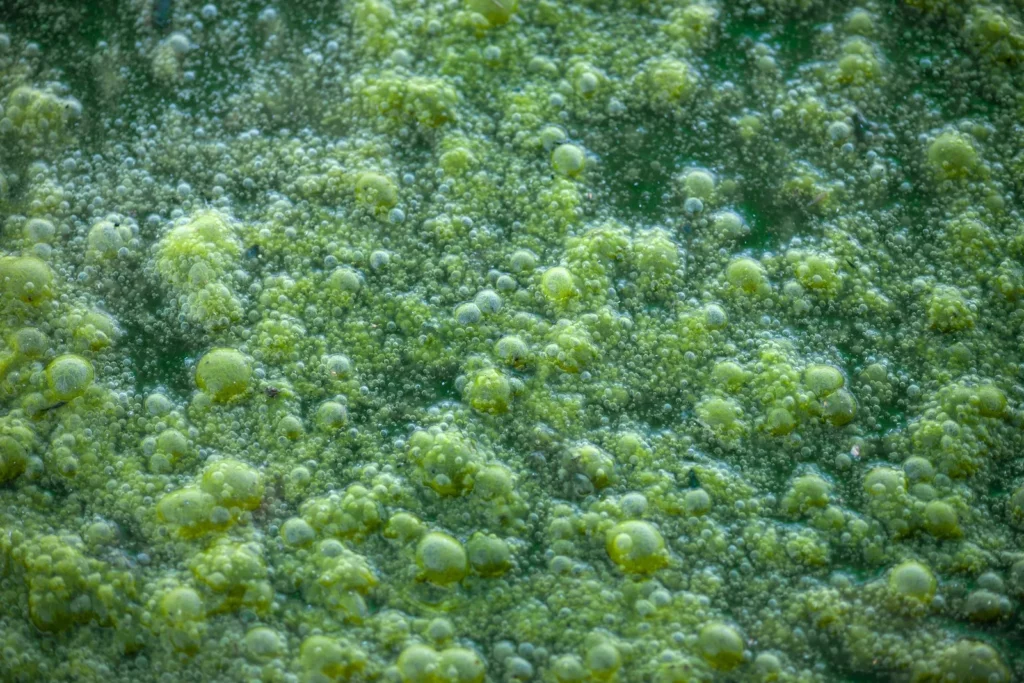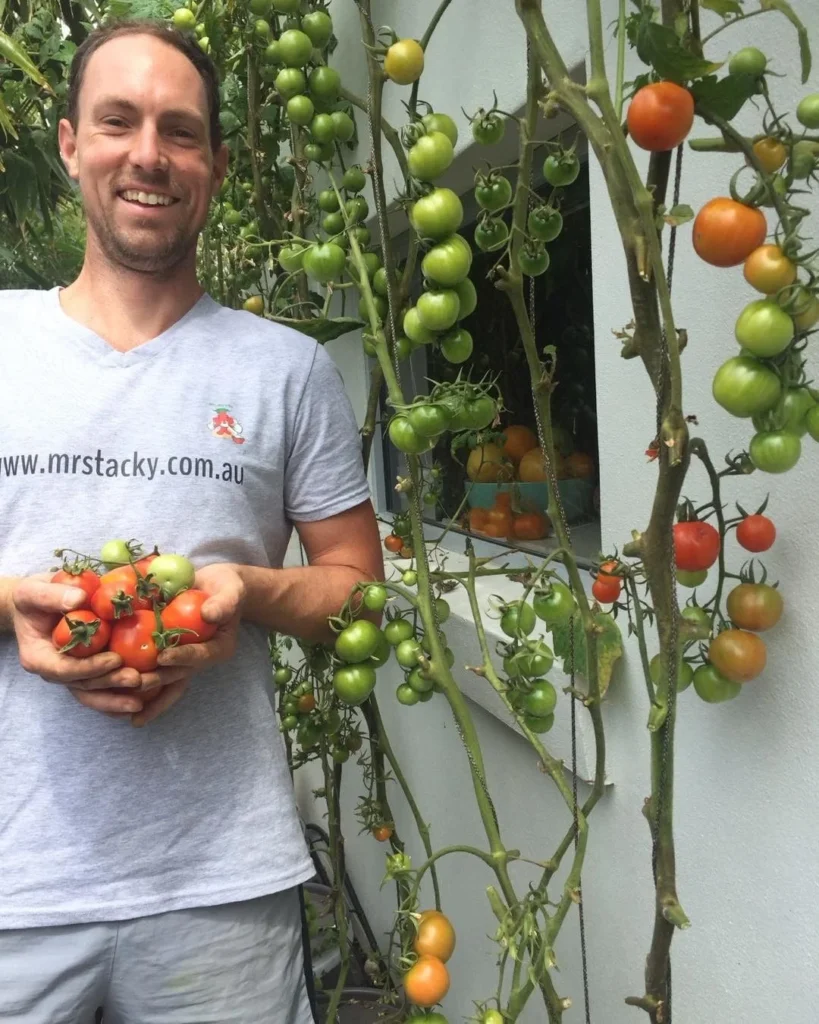Troubleshooting Common Hydroponic Issues: Algae, Clogging, and pH Swings
Hydroponic gardening is a great way to grow fresh produce with less space, less water, and faster growth—but like any system, it can come with challenges. Whether you’re growing lettuce in a kitchen corner or tomatoes in a backyard tower, you may run into a few common problems.
In this post, we’ll walk you through three of the most frequent hydroponic issues—algae growth, clogged systems, and pH swings—and how to fix or prevent them.

1. Algae Growth
What It Is:
Algae are small, plant-like organisms that thrive in moist, nutrient-rich environments exposed to light. In hydroponics, algae can grow on surfaces like tubing, reservoirs, or even root systems if there’s too much light hitting the water.
Why It’s a Problem:
Competes with your plants for nutrients.
Clogs pumps and tubing.
Harms root health by reducing oxygen levels.
How to Prevent It:
Block the light: Algae need light to grow. Use opaque containers or covers to shield reservoirs and tubing.
Clean regularly: Wipe down parts of your system often, especially if you spot slimy green or brown buildup.
Add a UV filter (optional): For larger or advanced systems, a UV water sterilizer can reduce algae spores in the water.
How to Fix It:
Manually clean affected areas. Use a brush or sponge with mild soap, then rinse thoroughly.
Change the water. Flush your system with clean, fresh water if algae buildup is severe.
Hydrogen peroxide (H₂O₂): A diluted solution (about 3 ml per liter of water) can help kill algae without harming your plants. Use cautiously.
2. Clogging
What It Is:
Clogs happen when particles like debris, algae, or plant roots block the flow of water or nutrients in your system.
Why It’s a Problem:
Prevents even water and nutrient delivery.
Can cause pump failure or dry spots where plants stop growing.
May lead to root rot if water pools in unwanted areas.
How to Prevent It:
Use filters: Add a small pre-filter before your pump intake to catch debris.
Flush your system regularly: A quick rinse once a week can keep things flowing.
Trim roots and check for overgrowth: Roots can sneak into tubing or block outlets over time.
How to Fix It:
Check for kinks or blockages: Inspect tubing and drippers for clogs.
Clean the pump and lines: Disassemble and rinse out with warm water or vinegar solution.
Replace tubing if needed: Old or heavily clogged tubes may need to be swapped out.
3. pH Swings
What It Is:
pH measures how acidic or alkaline your water is. In hydroponics, pH affects how well your plants can absorb nutrients. Most plants thrive in a pH range between 5.5 and 6.5.
Why It’s a Problem:
A pH that’s too high or too low blocks nutrient uptake.
Leads to nutrient deficiencies or toxic buildup.
Can stunt growth or cause yellowing leaves.
How to Prevent It:
Test regularly: Use a digital pH meter or pH test kit every 1–2 days.
Keep water temperature stable: Fluctuating temps can cause pH drift.
Use quality nutrients: Cheap or unbalanced formulas may affect pH stability.
How to Fix It:
Adjust with pH up/down solutions: These are safe products made to correct hydroponic pH levels.
Change out old nutrient solution: If adjusting doesn’t help, a full water change can reset the system.
Buffer your water: Adding a pH buffer can help maintain stability over time.


Final Tips
Hydroponic growing might sound technical, but once you know what to look for, these issues are easy to manage. Here’s a quick checklist:
✔ Keep your system clean.
✔ Block light from reaching your nutrient solution.
✔ Monitor water flow and check for clogs.
✔ Test pH often and keep it in the ideal range.
With just a little regular maintenance and attention, your hydroponic system can stay healthy and productive for months or even years.

About The Author
Mr Stacky is the leader in Tower Garden Systems in Australia, specializing in commercial hydroponic farming, urban farming & residential vertical gardening.
Find out how he can help you achieve your food production goals. Contact Brian
